Bromophenol Blue 0.04% | CAS: 62625-28-9, Buy now Ready to use solution for reliable and accurate results from Tristains indicators. All Tristains products are exclusively distributed by Dawn Scientific Inc.
Bromophenol blue is a synthetic dye with a molecular formula of C19H10Br4O5S. It belongs to the family of triphenylmethane dyes. In its solid form, it appears as dark purple crystals. When dissolved in water, it gives a blue solution. At concentration 0.04%, Bromophenol blue changes color depending on the acidity or alkalinity of the solution it’s in. In acidic conditions, it turns yellow, while in alkaline conditions, it turns blue. Bromophenol blue is a chemical compound commonly used as a pH indicator in various laboratory applications. Bromophenol Blue is a tracking dye for nucleic acid or protein electrophoresis in agarose or polyacrylamide gels.
TriStains provides a marketplace for histology and biological stains, which is comprehensive enough to encompass the peculiar requirements of laboratories specializing in Histology, Cytology, Microbiology, and Hematology. With a reputation for exceeding quality expectations, TriStains performance is outstanding which allows for resolution of cell and tissue components fundamental to life sciences to be clearly visualized. Each product under TriStains series is validated for accuracy, reliability and consistency. TriStains, which manufactures and markets stains and indicators in various packing, offers laboratories turn key solutions for all their staining and indicator needs, improving accuracy in every experiment.
Application :
- Bromophenol blue at 0.04% concentration is primarily used as a pH indicator.
- It is commonly added to protein gel loading buffers in molecular biology experiments. It helps visualize the progress of electrophoresis by tracking the movement of proteins through the gel.
- It is used in nucleic acid gel electrophoresis to track the migration of DNA or RNA fragments through the gel.
- It can also be used as a dye for staining various materials in laboratory settings.
Benefits :
- Sensitive pH indicator that gives distinct color change from yellow to blue
- Compatible with a wide range of aqueous solutions
- cost-effective and stable
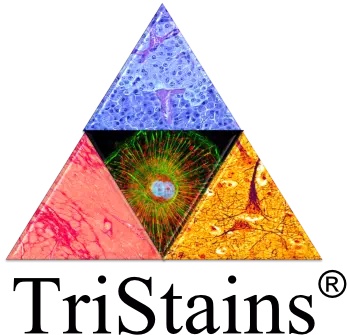
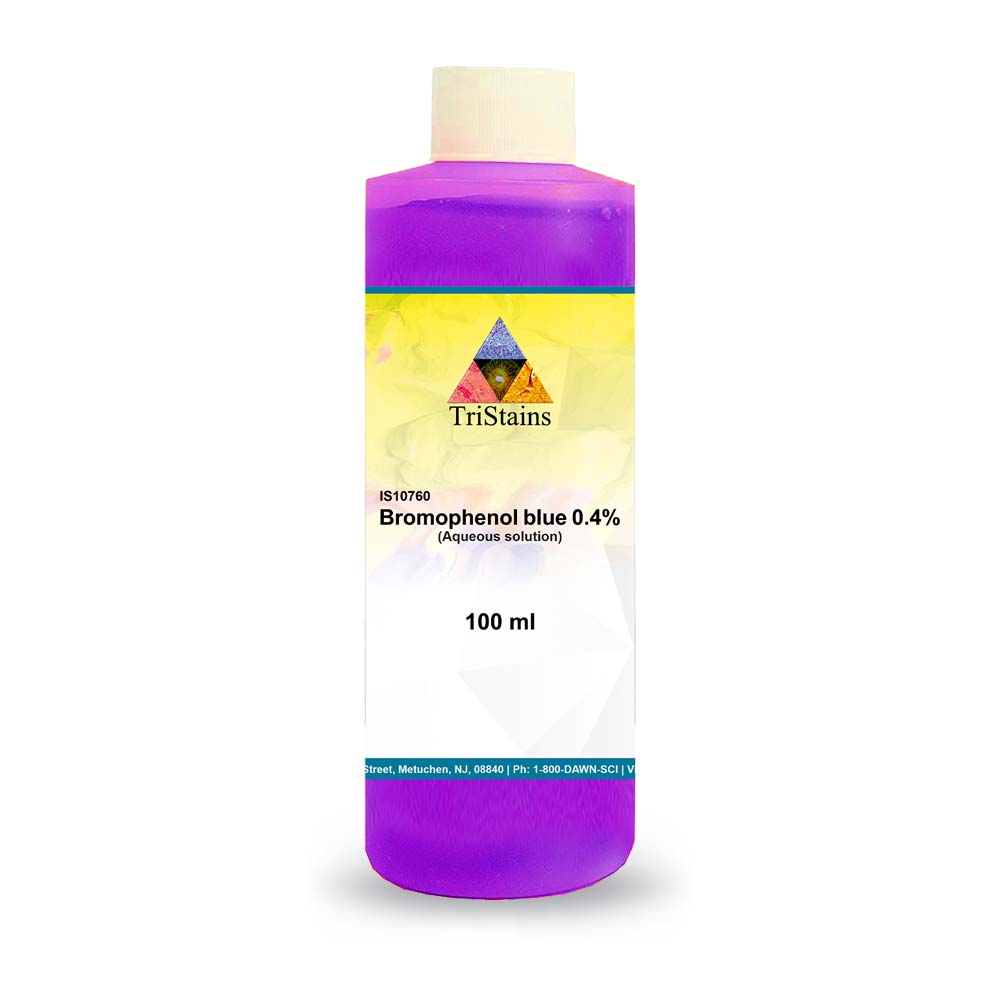
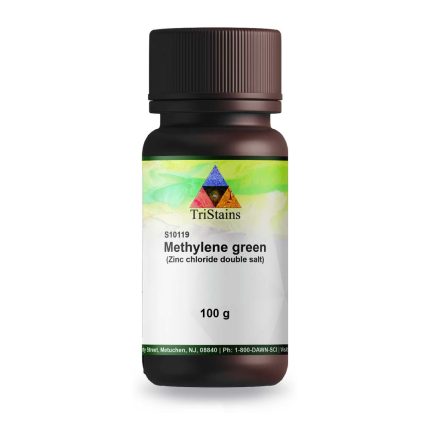
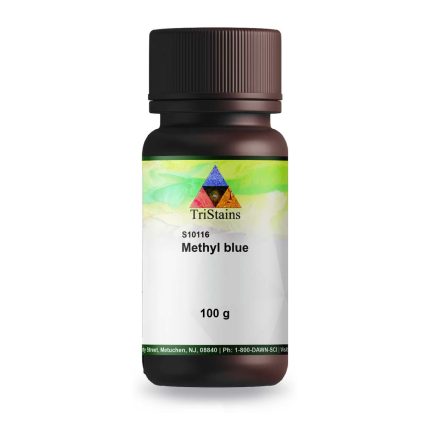

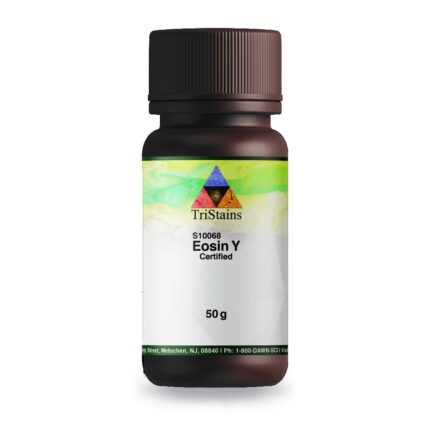
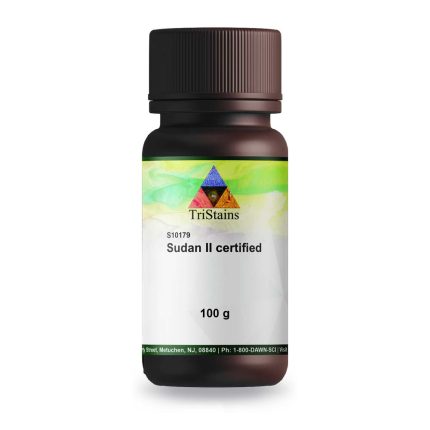
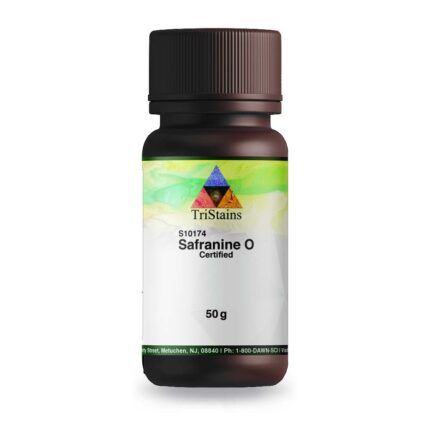
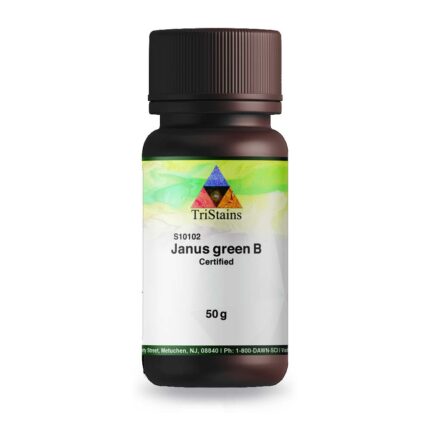
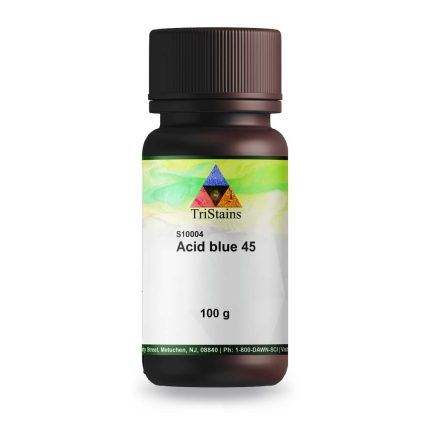



Reviews
There are no reviews yet.